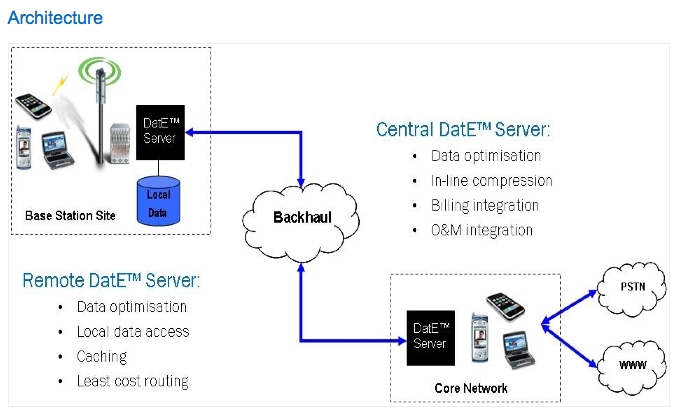Pre-standards product allows operators to decide device’s connection
WeFi has launched a product that is intended to enable mobile operators to route traffic over the mobile macro network or a WiFi hotspot without the consumer having to manage their own settings.
The product, from WeFi, enables operators to set network management policies using a 3GPP-defined function for the Evolved Packet Core called ANDSF – Access Network Discovery and Selection Function. WeFi said that its WeANDSF is the first standards-compliant product on the market, although it said that as the standards are not yet fully finalised, the product is more accurately described as a pre-standards compliant product.
ANDSF, specified in 3GPP standards 23.402 and 24.312, is intended to allow mobile operators to set network management policies and priorities, and to control where, when and under what circumstances a subscriber’s device connects to which wireless network, be it cellular or Wi-Fi.
Operators may choose to route traffic according to application type to reduce network load, or to provide the best available customer experience. Although operators are increasingly looking at using WiFi for offload in congested areas, one problem for them is that once traffic is routed over WiFi control is lost over any traffic policies they have set for that user. ANDSF keeps a link to the operator’s core network, allowing the operator visibility of traffic even when it is routed over WiFi.
WeFi said that the product is already in trials with several mobile operators. As handset manufacturers are yet to include the device element of ANDSF, WeFi is also providing a device client, although it sees that role diminishing as handset vendors deliver ANDSF-compliant handsets, “when these become available in the market by 2012”.
Amit Shaked, vice president of products and marketing, said that the company was building the connectivity solution upon the database it has built up of the usage and performance of 85 million WiFi hotspots.
“WiFi two years ago was seen as a low-grade solution but now operators are finding they have to try to use it somehow. By using our technology they can integrate that with their control protocols, to allow them to set rules for where and when users connect to their 3G or WiFi networks,” Shaked said.
“Our solution is unique because it aggregates our back end database of 85 million hotspots with the client-side awareness of what’s happening in every location. We analyse WiFi usage trends using statistical algorithms that allow us to provide simple management tolls with the back end.
“This allows the operator to control the device’s network selection decision, whilst they can also know what’s happening with a user even when a user is on WiFi, whereas up to now when a user has gone to WiFi they have been off the grid.”
Shaked added that although ANDSF standards were “not stable yet”, “several companies” were working on the standards, and WeFi would offer a migration path forward to the final standard. Devices with ANDSF-compatible clients would be available in 2012, he said.



